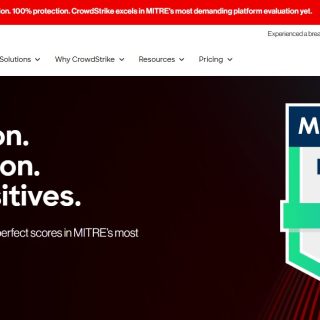
In many organizations, the sales and marketing teams often find themselves at odds over the quality of leads being passed along the sales pipeline. A common refrain from sales teams is that marketing fails to deliver leads that are genuinely ready for sales engagement. This friction, while commonplace, stems largely from a fundamental misalignment: a lack of a shared understanding of what exactly constitutes a “qualified lead.” Addressing this misalignment not only enhances cooperation but also significantly boosts the company’s overall efficiency and effectiveness in driving sales.
The Root of the Issue: Defining “Qualified Lead”
The core of the disconnect lies in the definition—or often, the lack thereof—of a “qualified lead.” Sales teams typically define qualified leads as prospects who are ready to engage in a buying conversation, showing clear intent to purchase and meeting specific criteria that align with the company’s ideal customer profile. On the other hand, marketing may view any prospect who shows interest in content or downloads a whitepaper as a lead, but not necessarily a qualified one. The discrepancy in these definitions can lead to frustration on both sides
Defining “Qualified Lead”
Before diving into strategies, it’s crucial for both teams to agree on what defines a “qualified lead.” A qualified lead should have moved beyond mere attention (the first stage of AIDA), showing not only interest and desire but also readiness to take action—provided they meet specific engagement criteria:
- Need and Fit: The lead must have a clear need that aligns with the solutions the company offers.
- Budget and Authority: The lead should have, or at least have access to, the budget for purchasing and the authority to make buying decisions.
- Timeline: The lead should have a defined timeline for making a decision, which aligns with the urgency of their need.
Marketing’s Role: Generating and Nurturing Qualified Leads
Identifying Need and Fit
- Content and Campaigns: Develop and deploy targeted content that addresses specific industry pains, showcasing how their solutions can solve these issues. This includes blogs, whitepapers, case studies, and webinars tailored to specific market segments.
- Market Segmentation: Utilize detailed market segmentation to tailor messaging that resonates with the specific needs and characteristics of different groups, ensuring the right leads are attracted.
Establishing Budget and Authority
- Lead Capture Forms: Design forms and landing pages that subtly gather information about a lead’s purchasing power and role within their organization, such as job title or department.
- Targeted Advertising: Use paid advertising strategies aimed at decision-makers or roles that typically involve budgetary control, ensuring that your message reaches the right audience.
Assessing Timeline
- Engagement Tracking: Monitor engagement signs that indicate buying intent, such as downloading pricing sheets or requesting a product demo, which can also hint at the timeline for purchase.
- Nurturing Campaigns: Implement automated email sequences that nurture leads based on their actions, delivering timely and relevant information that moves them closer to a decision.
Sales’ Role: Engaging and Converting Qualified Leads
MEDICC! MEDICC! MEDICC!
Deepening Understanding of Need and Fit
- Consultative Selling: Engage in detailed discussions with leads to understand their specific needs and the context of their problems, aligning this with the company’s offerings.
- Solution Customization: Demonstrate how the product or service can be tailored to meet the lead’s unique requirements, often through personalized demonstrations or pilot projects.
Confirming Budget and Authority
- Qualification Discussions: Directly confirm the lead’s budget and decision-making authority through conversations, ensuring they are indeed capable of making the purchase.
- Stakeholder Involvement: Identify and engage other key stakeholders who might influence the buying decision, ensuring broader buy-in within the customer’s organization.
Pinpointing and Acting on Timeline
- Closing Strategies: Based on the urgency indicated by the lead’s timeline, deploy appropriate closing strategies to finalize the sale within the desired timeframe.
- Follow-ups: Conduct timely follow-ups to keep the deal moving forward, adapting sales tactics based on the lead’s readiness and urgency signals.
Conclusion
The basic framework for defining what constitutes a qualified lead can be outlined if the following characteristics align for the company:
- Need and Fit
- Budget and Authority
- Timeline
This leads to several key questions:
- Whose responsibility is it to identify potential customers who have the Need and Fit to buy your product?
- Whose responsibility is it to evaluate whether this potential customer has the Budget, or if the contact has the Authority or is a Champion?
- Whose responsibility is it to understand the timeline?
- Whose responsibility is it to understand the decision criteria of the prospect? and so on..
The answers to these questions will undoubtedly vary from one company to another. It is essential that organizations conduct joint workshops to help both teams gain a deeper understanding of each other’s roles and challenges. Aligning both teams under clearly defined roles and responsibilities with shared goals and metrics will greatly enhance productivity and reduce friction.



